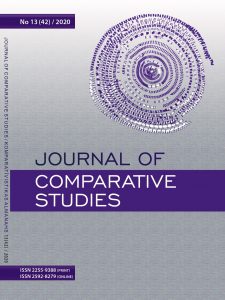Franco-Latvian Children and the Latvian Diglossic Situation
Keywords:
Franco-Latvian children, bilingualism, language practices and representations, language psychological and social functionsAbstract
Sociolinguistically, Latvia is an example of a conflicting diglossic
situation between the Latvian and Russian languages. Most of the
research carried out on this sociolinguistic context focuses on the
language policies implemented previously and nowadays in this state
and on the changes in the language practices and representations
of members of the Latvian and Russian-speaking communities during
the twentieth century and up to the present day. This paper looks at
the same context from a different angle: its aim is to understand how
the children of Franco-Latvian families attending school in Latvia
view the Latvian diglossic situation and themselves in it and what
influences their opinions. Referring to the Dell Hymes model of
SPEAKING, the study is based on the analysis of interviews of four
children, an 8-year-old Latvian-speaking boy and girl and two
10-year-old Russian-speaking girls attending school in Riga, the
capital of Latvia. According to the analysis of their language practices
and representations, the interviewed children place themselves in
two distinct linguistic environments and value their French-Latvian
or French-Russian bilingualism. Detailed analysis of the psycho-
logical and social functions that the children attribute to their first
languages reveals that they do this to claim a daily life outside the
Latvian-speaking context (Russian-speaking children) or to stand out
from other people in Latvia (Latvian-speaking children). These two
distinct strategies allow the children to place themselves on the
fringe of the Latvian diglossic situation.

